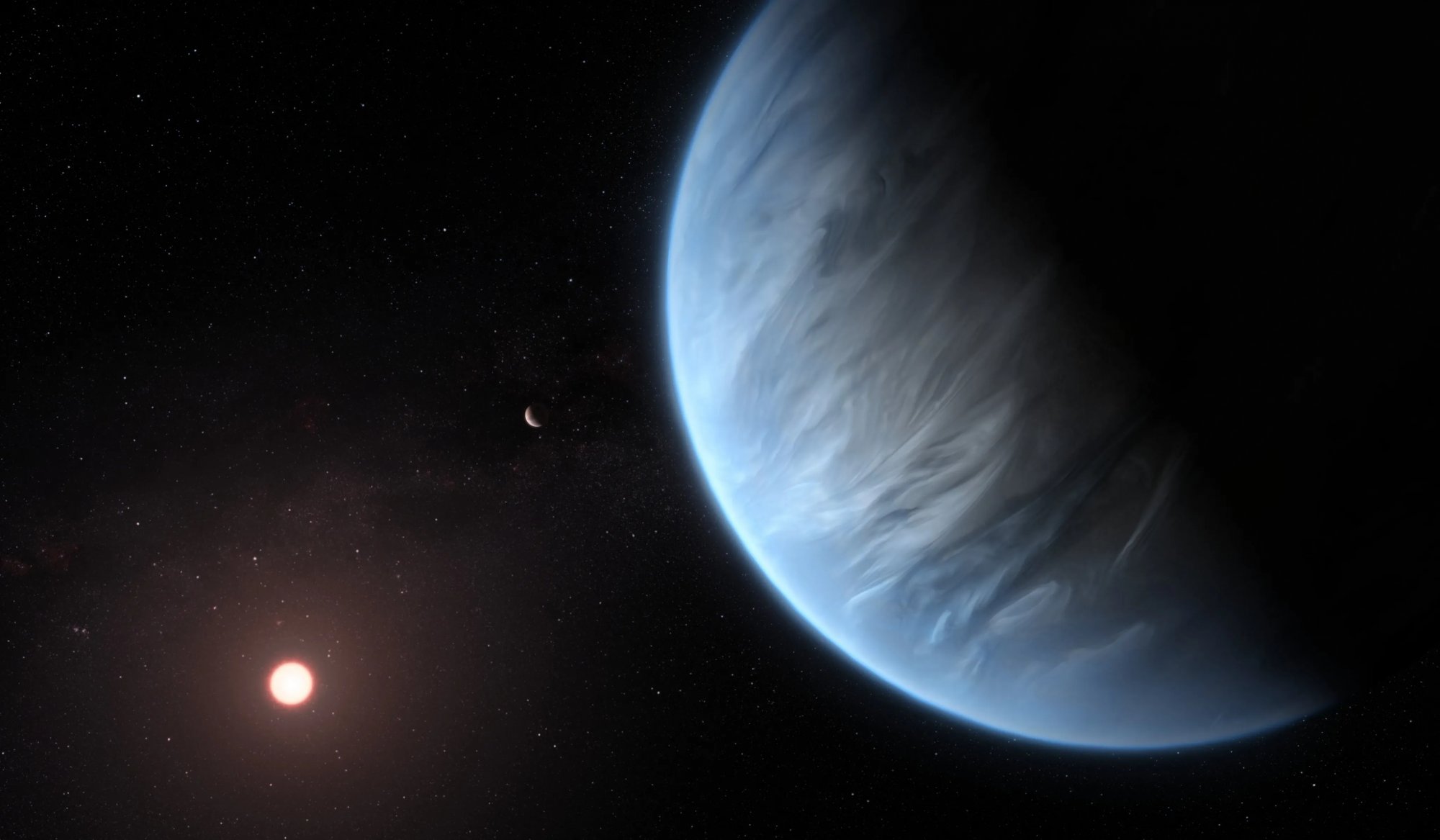
A new study based on mathematical models provides the “strongest statistical evidence to date” for the existence of a large, unknown planet beyond the orbit of Neptune.
The idea of a hypothetical “Planet 9” has been circulating since 2015, when a team from the California Institute of Technology (Caltech) observed a number of objects moving as a group outside the orbit of Pluto, near the edge of the solar system. System.
Then they hypothesized that the objects were clustered together due to the gravitational force of an unknown planet.
The new study, co-authored by researchers from Caltech themselves, now appears to reinforce doubts.
Planet discovery
But how can an entire planet hide in our cosmic neighborhood, while astronomers discover thousands of planets orbiting distant stars?
Planets outside the solar system, known as exoplanets, are generally easy to spot, either because they block some of their star's light as they pass in front of it, or because they cause an oscillation in the star's motion due to their gravitational pull.
The possible orbit of Planet 9 (orange) according to a previous study (Wikimedia Commons)
Two techniques are used to detect objects in the solar system: either directly observing them in the sky, or detecting disturbances in the motion of other objects due to gravitational interaction.
Seven of the eight planets in the solar system were discovered using the first method. The only exception is Neptune, which was discovered thanks to the French mathematician Urban Leveret, who noticed that the orbit of the planet Uranus differed from what Newtonian physics predicted. He then assumed that the discrepancy was due to the presence of an unknown planet and predicted its location.
Simulation
In the new study, the researchers looked at distant objects that cross the orbit of Neptune and do not approach the Sun within the range of 15-30 astronomical units (AU), where one astronomical unit is equivalent to the distance between Earth and the Sun, about 150 million kilometers.
The available data was entered into computer models through which a series of simulations were performed. The analysis took into account the effect of the gravity of stars passing in front of the sun, and even the so-called “galactic tide,” as the effect of the gravity of objects outside the solar system is known.
The simulations that best explain the behavior of the objects in question are those involving a distant but large planet, the team reported in a study that has been accepted for publication in the Astrophysical Journal Letters and is available as a preprint in the repository. arXiv.
However, the analysis does not indicate where this body might be hiding. The researchers also point out that there are alternative explanations that cannot yet be ruled out.
However, they point out that Planet 9, if it exists, could be detected by the Vera Rubin Observatory being built in Chile and expected to become operational in 2015.

“Total alcohol fanatic. Coffee junkie. Amateur twitter evangelist. Wannabe zombie enthusiast.”





More Stories
Is this what the PS5 Pro will look like? (Image)
Finally, Windows 11 24H2 update significantly boosts AMD Ryzen – Windows 11 performance
Heart Surgeon Reveals The 4 Things He ‘Totally Avoids’ In His Life